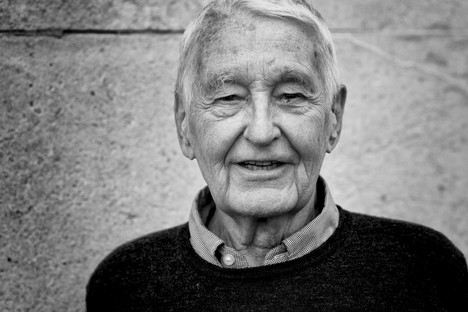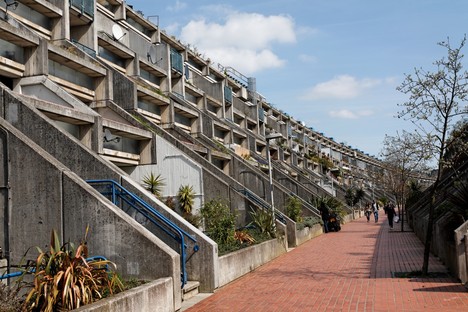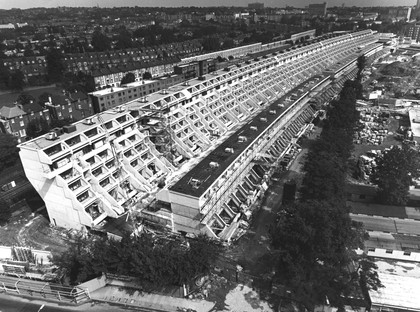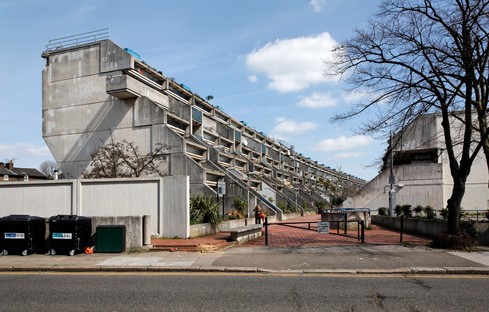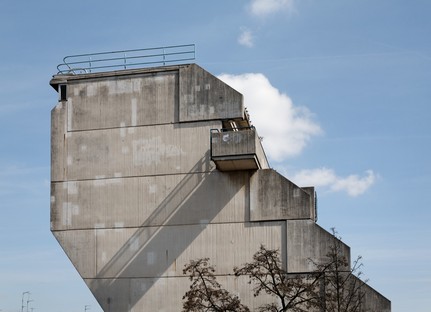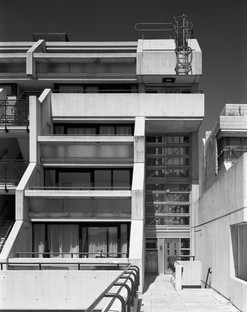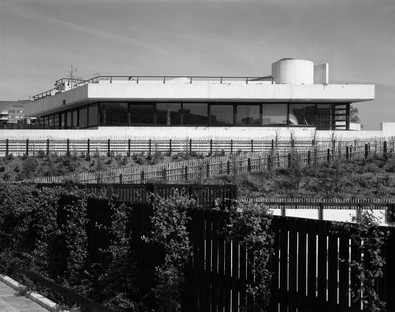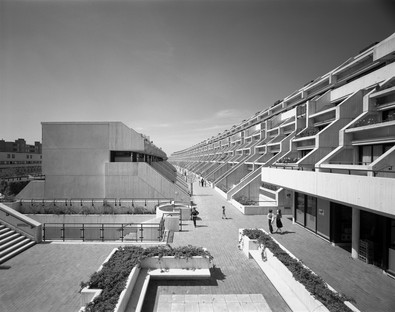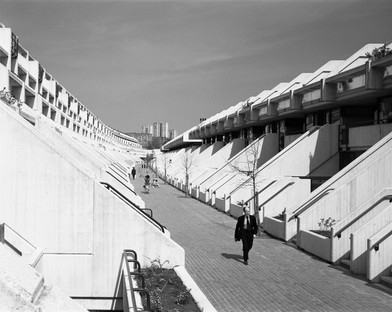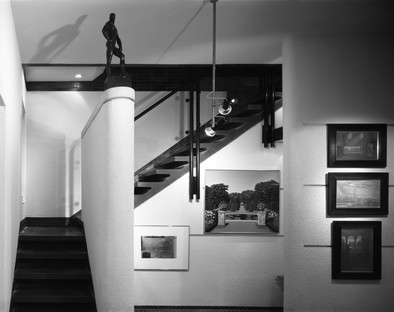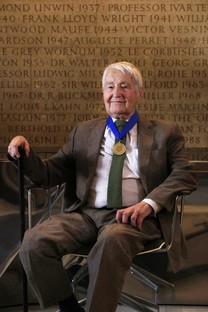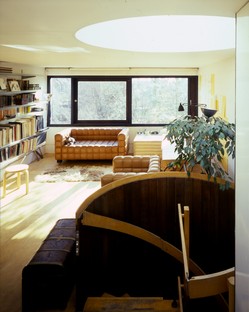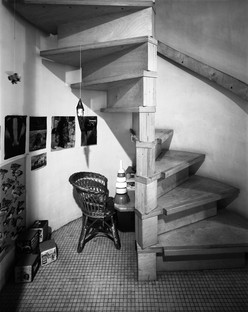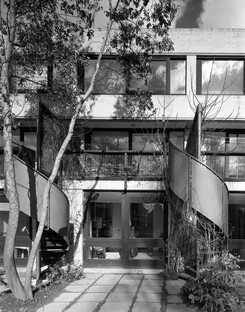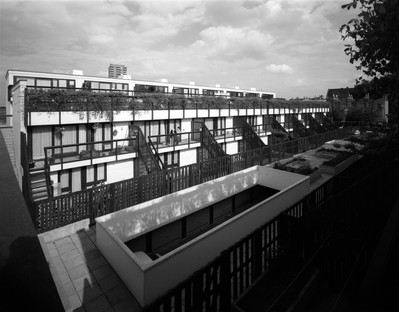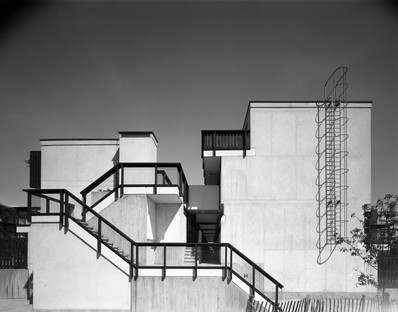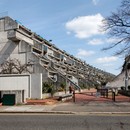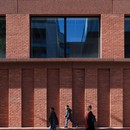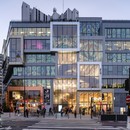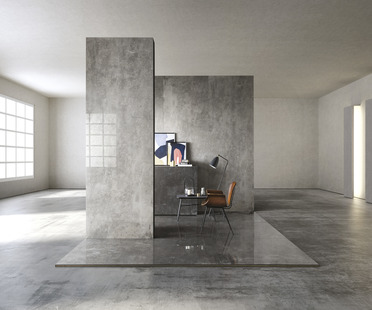18-01-2018
Farewell to Modernist architect Neave Brown
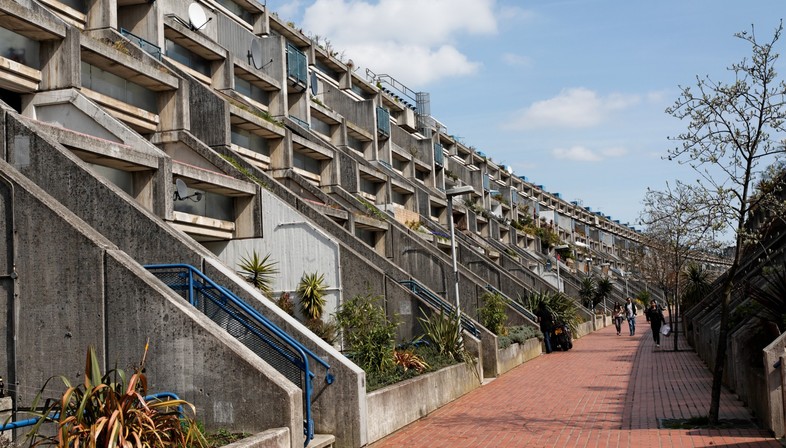
Neave Brown, the British architect known all over the world for his public housing projects, passed away on January 9 at the age of 88. The architect received the RIBA Royal Gold Medal for Architecture, the most prestigious award for lifetime achievement presented to a British architect, in October 2017.
The RIBA prize put the architect back in the limelight after many years of oblivion, now that there is a new appreciation for his work in view of the growing international focus on housing issues. Neave Brown designed important housing developments in Camden, in northern London, starting in the ’60s.
His low-rise high-density housing projects featuring private outdoor spaces for all residents were viewed as a possible alternative to tower blocks, and were an instant success in Britain and abroad. Neave Brown wanted every home to be directly linked with the grid of city streets and have its own private outdoor space, whether it be a hanging garden or a patio, open to the sky. These are the features that made his most important project, the Alexandra Road estate, a breakthrough marking a turning point in residential architecture.

Neave Brown was born in 1929 in Utica, New York, into a British-American family. He discovered architecture while in the army, and studied at the Architectural Association from 1950 to 1956.
After graduating, he worked for the well-known British studio Lyons Israel Ellis (Lyons Israel Ellis Gray after 1970), famous not only for its intense professional activity but for training many of the young architects of the time, including James Stirling, James Gowan, John Miller, Alan Colquhoun, and Richard MacCormac.
After this experience he spent some time on the council of Middlesex before setting up his own professional studio and beginning to teach at universities in the United Kingdom and the United States.
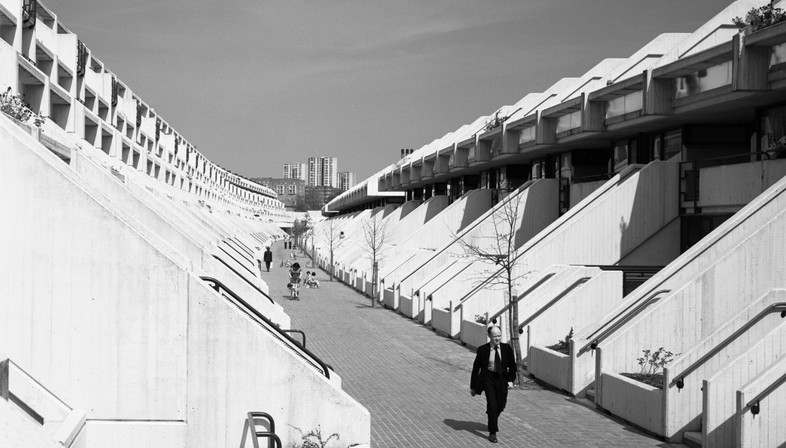
His first residential project, five homes in Winscombe Street, north of London, was completed in 1966, in line with American zoning studies of the time. The home’s vertical layout incorporated a children’s area on the lower level, opening directly onto the garden, an intermediate area containing the kitchen, dining room and entrance, and a space for the adults on the upper level. Brown came up with a more efficient plan than the client’s, adding an extra bedroom and bathroom to each unit without increasing the cost.
On the basis of his experience in Winscombe Street, Cook asked Brown to work in the new Camden district, one of London’s wealthiest neighbourhoods, and became the key figure in the process of urban development, involving other important young architects of the day such as Peter Tábori, Gordon Benson and Alan Forsyth.

His first project in Camden, Fleet Road, clashed with the trend at the time toward constructing tower blocks surrounded by empty space: Brown built a housing development consisting of low houses, in which every home had its own private outdoor space and its own door opening directly onto the street or path.
This was followed by a project on a larger scale, the Alexandra Road estate, a “piece of the city” which included not only homes but a public park, a school, shops, children’s play areas and youth clubs, a community centre, etc. This highly ambitious project overshot its original budget, giving rise to a public enquiry; the architect was completely exculpated two years later, but his reputation was tarnished nonetheless. As he could not get any more work in the United Kingdom, Brown worked on exhibition design and teaching and worked abroad, primarily in the Netherlands. His project for Eindhoven, the Medina, built in 2002, was his last architectural project; after this, Neave Brown studied fine art at City & Guilds of London Art School and pursued his interest in politics and history.
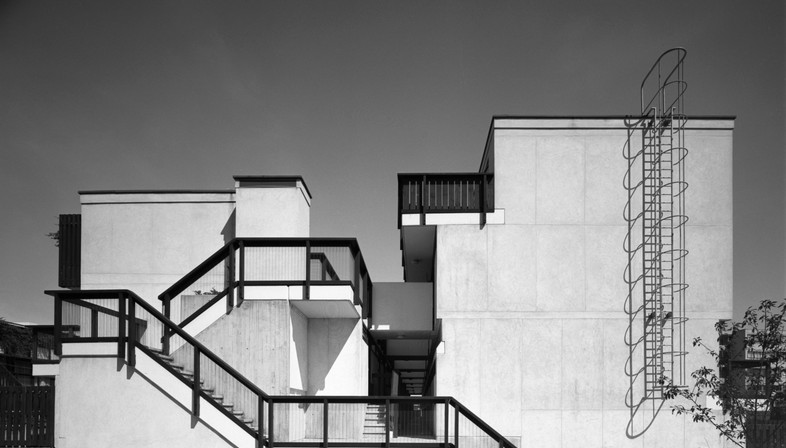
(Agnese Bifulco)
www.architecture.com
Images: Courtesy of RIBA
Photos of Neave Brown: Garath Gardner, Morley von Sternberg










